


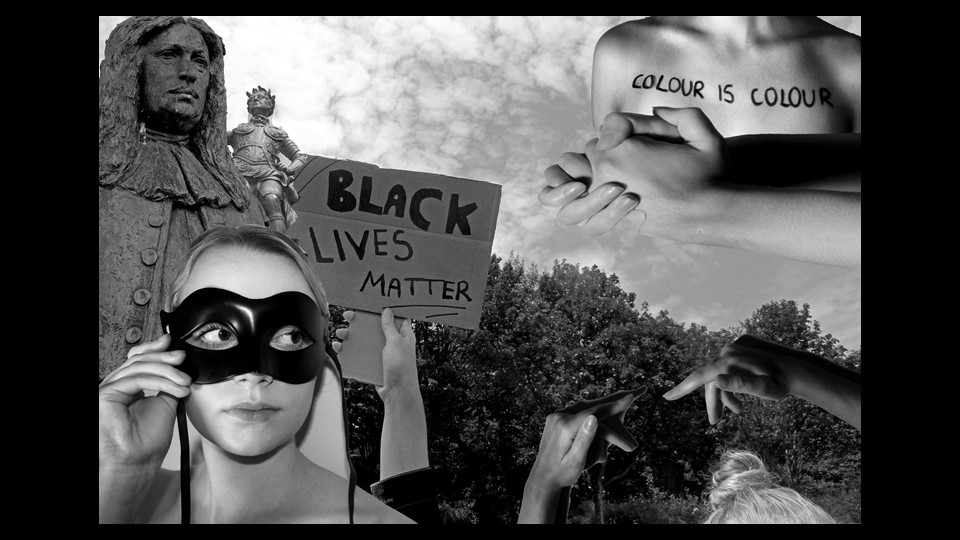












Describe racism and how racial discrimination over time has led to Black Lives Matter movement.
Racial discrimination has been around since white people came into contact with black or other people of colour. Racial discrimination or racialism is the belief that the human race can be divided into different races based on skin colour, country of origin and other feature that make people different. Racism is the belief that people from different groups are believed to be more important or of higher or lower status than people from other groups. For example: the most common form of racism seen in the world today is the relationship between white and black people. There is still a lot of people that believe and act on the belief that black people are not as important as white people. They believe that whites are smarter, more civilised and superior. Overtime, laws have changed and many people are trying get equality for everyone.


Below is a list of photographers that I am interested in looking into more:
Arlen Parsa
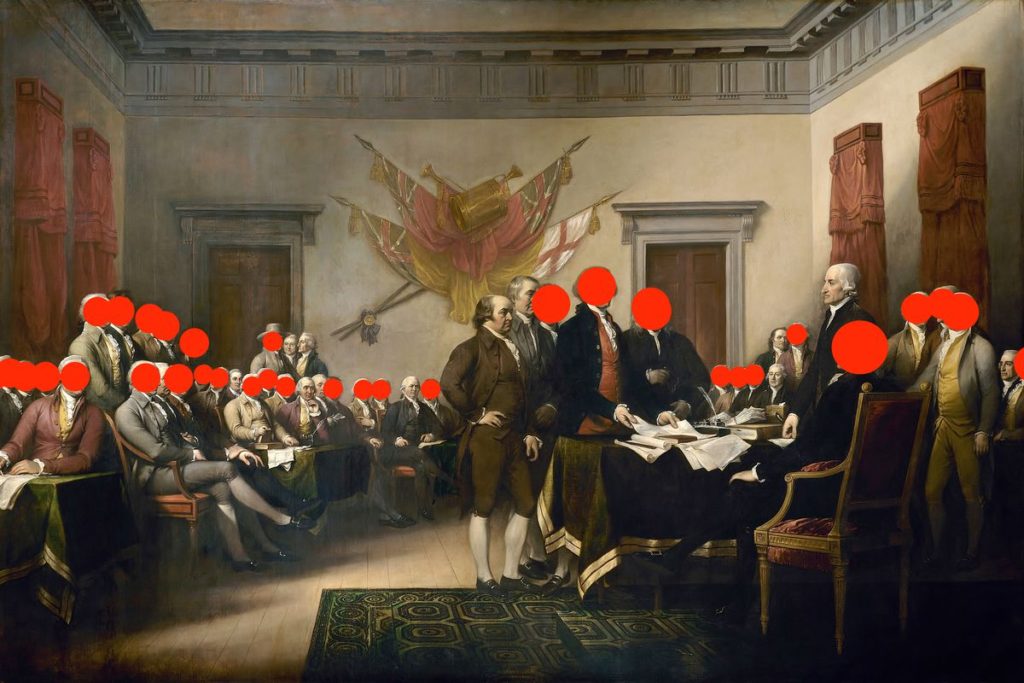
The reason I have chosen this photographer is because the images they have produced contain deeper meaning and to understand the image the viewer needs to think.
John Baldesseari
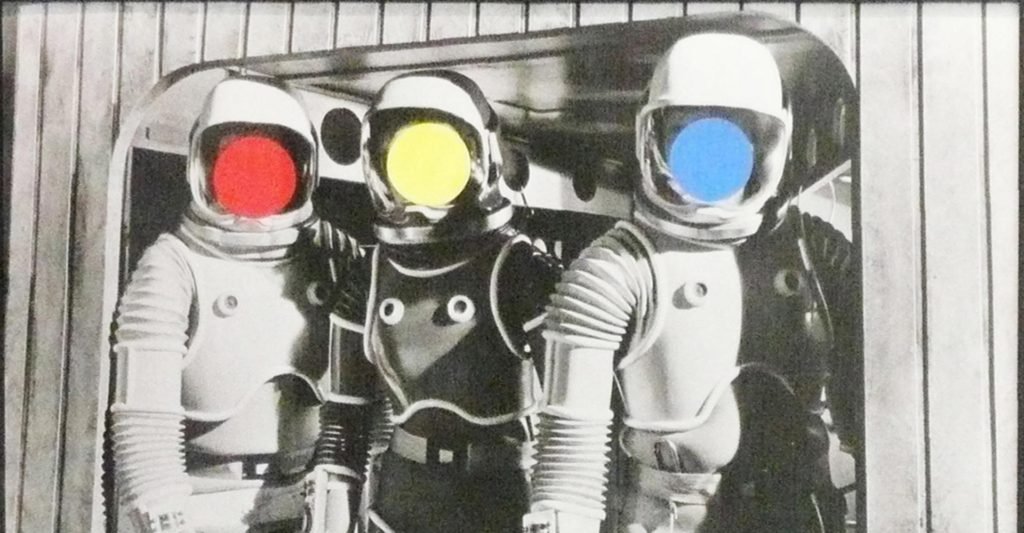
I have chosen this photographer because, similar to the photographer above, the images rely on the viewer having understanding and they contain deeper connotations than those on face value.
Paul Mpagi Sepuya
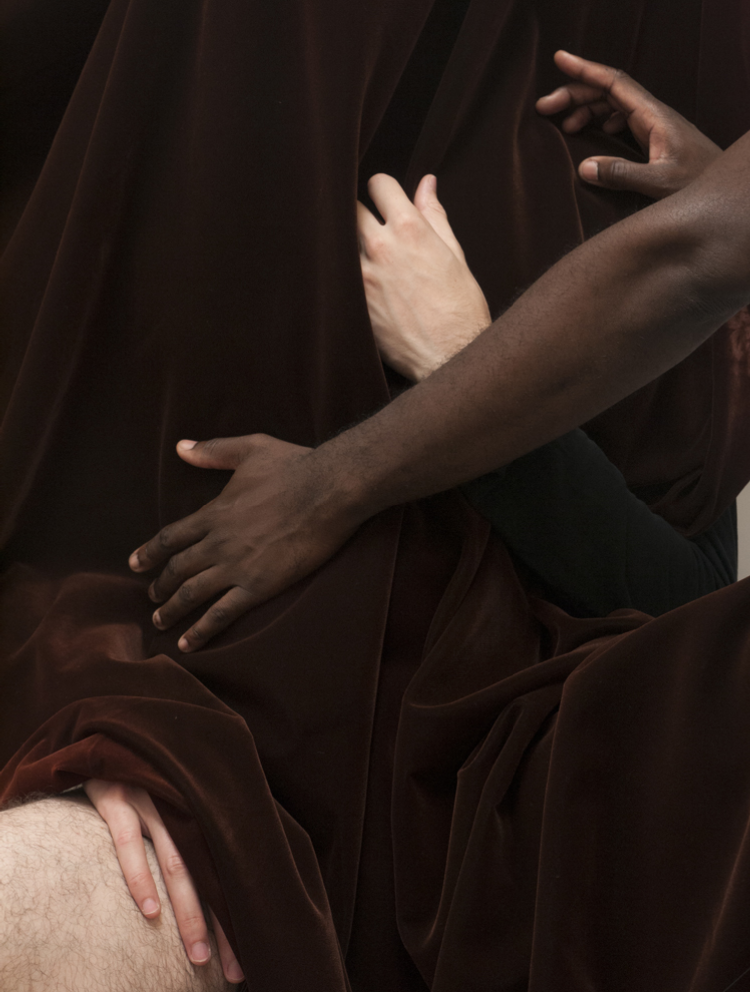
I have chosen this artist because I liked the style of their images, as they are more abstract and can be viewed in many different ways. I am interested in taking some abstract images relating to love and rebellion and protest and activism, which is why I would like to look further into the context, and conceptual ideas behind these images.
Khadija Saye

I have chosen this photographer because I am interested in the ideas behind these images. For this project I would also like to take portrait images and these images would influence my images.
Lorna Simpson

The reason I have chosen this photographer because the conceptual notions behind these photographs I find are interesting and would like to know more and hopefully be influenced by them.
Lee Friedlander

I have chosen to look more into this photographer because I like the look the images and would like to take photographs of related monuments for this project
Luke Willis Thompson
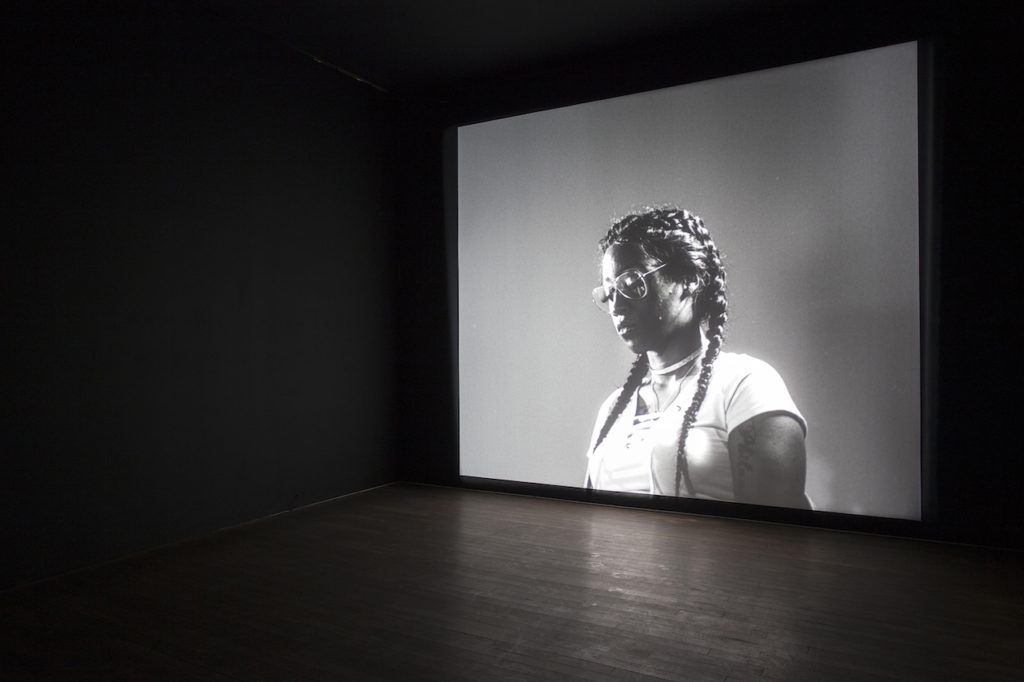
I have also chosen this photographer because of how poignant and emotive the images they take are. For this project I would to take images similar to this and use them for photo montages and experimenting.
Colonialism is the ‘practice of acquiring full (or partial) political control over another country, occupying it with settlers, and exploiting it economically.’

Imperialism is the ‘process of extending a country’s power and influence over foreign countries through colonisation, use of military force, or other means.’
The transatlantic slave trade (or the Atlantic slave trade) was the transportation of enslaved African individuals by slave traders from the 16th to the 19th century. They were mainly transported to America on a boat via a triangular trade route.

The conditions on these slave boats were beyond miserable. Hundreds of African slaves were carried on these boats, often tightly chained to plank beds. The conditions were highly unhygienic and the slaves were severely mistreated, resulting in a high mortality rate due to dehydration, bacterial infections (such as dysentery) and scurvy.
Africans could become slaves as punishments for a committed crime, as payment for a debt, or, most commonly, as a result of being held captive as prisoners of war

Portugal and Britain benefited significantly from the slave trade, ultimately responsible for around 70% of all Africans transported to the Americas. The slave trade provided many jobs to the population of England, due to high demand for glassware (to bottle rum), textiles and firearms. Many Britons worked in factories which sold their products to West Africa. These commodities would then be traded for enslaved Africans. Birmingham had more than 4000 gun-makers, with 100,000 guns going to slave-traders each year.

The Age of Imperialism broadened the disparity between the highly developed countries of Europe and the underdeveloped regions of Africa, as nations such as Britain exploited and annexed these lands to increase their political influence and to boost their economy.

However, the Atlantic slave trade was detrimental to the functioning of societies in West Africa. The sheer size of the slave trade affected the dynamics of these societies, with over 12 and 1/2 million slaves being removed from their home country. Long-term impoverishment struck the nation.
This is just one example of the negative impact the trade had on West Africa. In the 18th century, the Europeans started trading slaves for weapons (such as guns). This resulted in warfare. 20,000,000 guns were transported to Africa and with African rulers in competition with one another, the acquisition of firearms gave them an edge over their rivals. This ultimately triggered an increased drive for leaders to capture and sell slaves from their neighbouring states.
Depopulation of Africa also happened as a result of the slave trade. Additional to the extreme number of slaves taken from West Africa, Europeans brought deadly diseases with them, eg: European strains of syphilis and smallpox, typhus and tuberculosis, resulting in indirect depopulation.
Introduction
“What makes an image iconic?” This is a question most photographers have thought at least once in their career. For some this is the most important thing to them and spend their lives chasing and searching for such types of images. Once in a while, an image pops up that really makes people stop and think. It can often get shared all over social media or around the whole photography culture. But it is the those types of images that we still remember many years later that have incredible meaning.
Analysis
The image of the BLM protester carrying a white man to safety has become a very well known image in light of all that is going on in America and around the world. What made this image stand out was the spontaneous nature of the image, the authenticity but most importantly; the context behind. In Sophia Smith Galer’s article “How to create an iconic image” she states “I think in our image-overloaded world we’re struck by their authenticity, that they are spontaneous images that even so subscribe to visual themes we’re now so used to seeing staged.” What she is saying is we struggle to know the authenticity of these images because many photos are staged to create a meaning and show a certain perspective. The way I see it is, sometimes a staged image is not always a bad thing. For example, this image of a black man carrying a white man to safety during a BLM protest could be real but it could be fake. But does it really matter if it is or not? Is it still evoking emotion? Is it portraying something that happens? Is it representing a group of people or a society where people help each other? I believe this image is real.
“What were the circumstances of the photograph” This is one of the questions used when analysing iconic images from the ‘Why is it famous article’ The image was taken during an event in history where there is a lot of hate and tension between whites and blacks. There have been many images created over the last few months depicting white people as the enemies and an overpowering force. This is as a result of the black lives matter response to police brutality in America and worldwide. The fact that this image shows a black man rescuing a white man from a group of black protesters who are angry and wanting to take it out on and beat the white man. The fact is that the man carrying the other man is at the protest because he is angry, he is fed up with the racial discrimination and the way blacks are treated but he looks beyond that and sees a human life in danger, no matter the colour of the skin. Another question from the ‘Why is it famous’ article was “we might ask, what is the social value of the image”. I think what has made this image so iconic in light of recent times a black man stopping a white man from being hurt. When looking back through history, everybody should be aware of the slave trade. The way white men treated black people was horrific. They treated them like animals, as if they weren’t human. For centuries black slaves were made to work for nothing, with slave captains looking upon them with no sense of humanity. But unfortunately even when the slave trade was finally abolished, it didn’t end there, the whole ‘Black Lives Matter’ movement is because there is still racial inequality. This image is iconic because of social values because despite the way black people have been treated for hundreds of years, this man has chosen not to get revenge or even let it happen. Despite all that blacks have gone through, he has chosen to rise up and save another human life. Discussion
Conclusion
To conclude I think what really makes an image iconic is an an image is ‘instantly recognisable even when their political context has been stripped away’. this is the ultimate test for if an image is really ‘iconic’ in 10, 20, 30 years will this image of a BLM protester carrying a white man to safety still be as powerful and well known? Will children being born in the next decade know of this image and know what it represents? It can be hard to tell because iconic images that we know of now had a different context behind them than what we are living now. So in the next 10, 20, 30 years we don’t know what the social context will be, we don’t know if there will still be racial injustice or what society looks like. But I believe that a true iconic image can be found by standing the test of time. It is only in years to come will we know if this image is really an iconic one.

In 2014, a statue of the past Bailiff and Lieutenant-Governor of Jersey, Sir George Carteret, was erected in the centre of St Peter. The Constable of St. Peter, John Refault, stated that the statue represents a “role model for youngsters” and that he should be acknowledged both “locally and nationally”.
Sir George Carteret is praised for providing asylum for Charles II when he was in exile after his father (King Charles I) was executed. As the bailiff, Carteret had Charles II pronounced as King in Jersey. For his allegiance with the royal family, he was rewarded with land in the American colonies, including land that would become New Jersey (named in his honour).

However, for every 120 acres of land, Carteret used 60 acres of land for slaves and servants. This resulted in New Jersey having one of the largest slave populations in the northern colonies in America (around 12,000 slaves). He also invested money in the Company of Royal Adventurers in Africa, which traded in slaves as well as gold and ivory in the 17th century.
With Sir George’s past coming into the light, people in Jersey have taken action against the monument- vandalising and creating petitions to have it removed.

Furthermore, Jersey residents have shown their support for the Black Lives Matter movement by organising a peaceful ‘kneeling’ protest following the death of George Floyd. Islanders gathered in People’s Park for a socially distanced event marking Floyd’s death and allowing people to show their support in ending police brutality and systematic racism.
Around 1,000 individuals attended the protest on June 6th, with hundreds of others watching and participating from home via live streams on Facebook. After kneeling for 8 minutes and 46 seconds (the amount of time Floyd was pinned down for), 6 islanders spoke out about their worries and experiences of being part of a minority in Jersey.

The event lasted around an hour, due to the lockdown restrictions limiting islanders to 2 hours outside of their homes a day.
However, despite the support shown for the Black Lives Matter movement, protestors in Jersey reported that they received verbal abuse (through the usage of racial slurs and profane language) from other islanders whilst on their way to the event. This highlights the issue that racism and racial discrimination is still prevalent in Jersey, but is not reported or addressed as a public issue. One of the speakers during the event spoke out about this:
Systemic racism is a real thing in our society and everyone should be taking accountability and responsibility. We should be actively working to destroy racism in its lowest form because it’s something that does exist as much as we want to deny it.
Keiran Brown, speaker